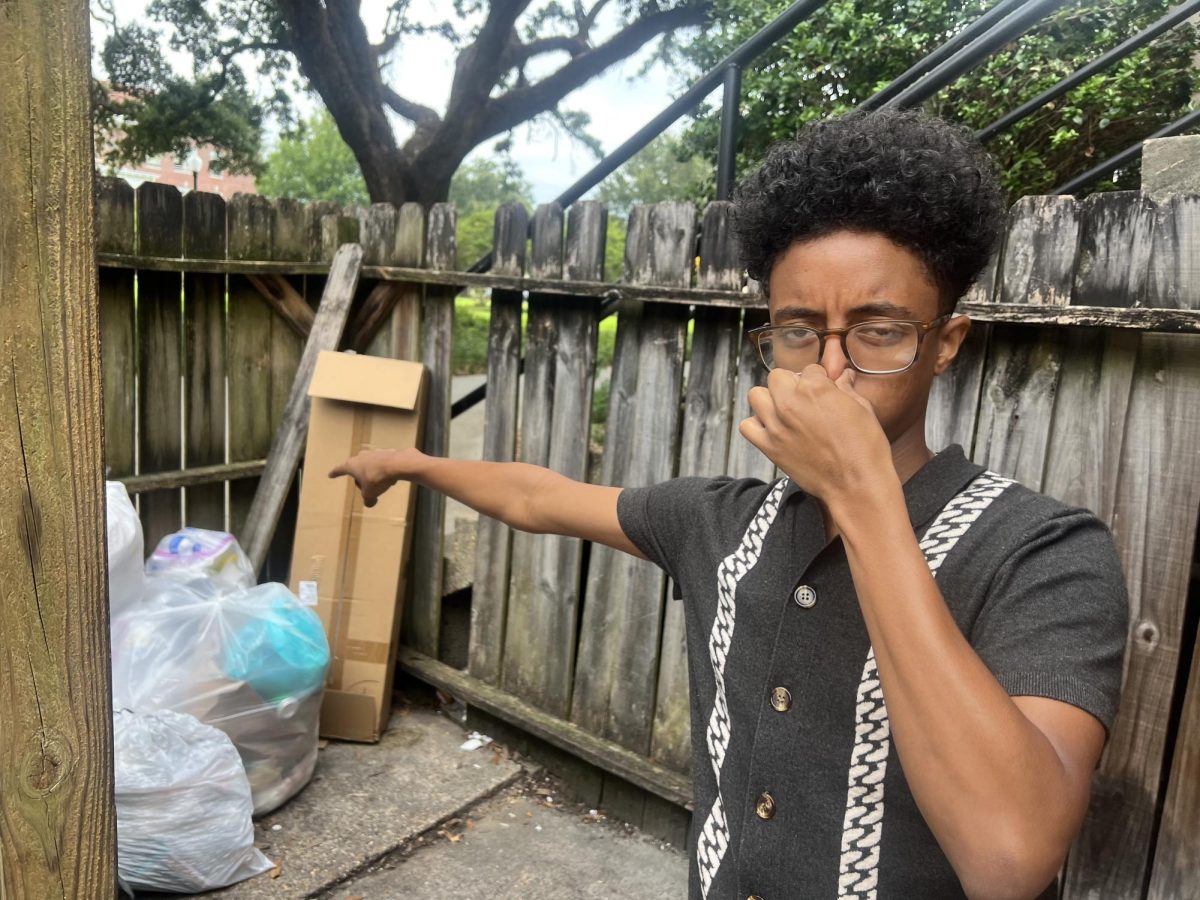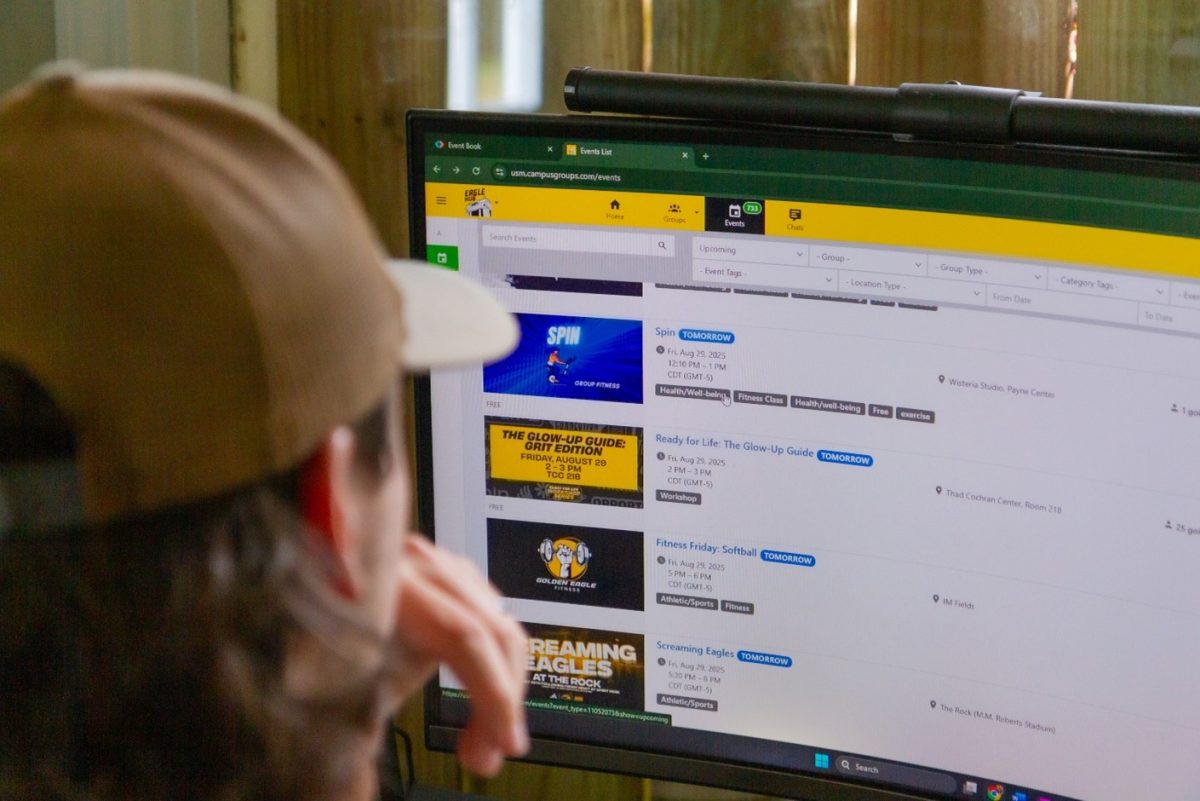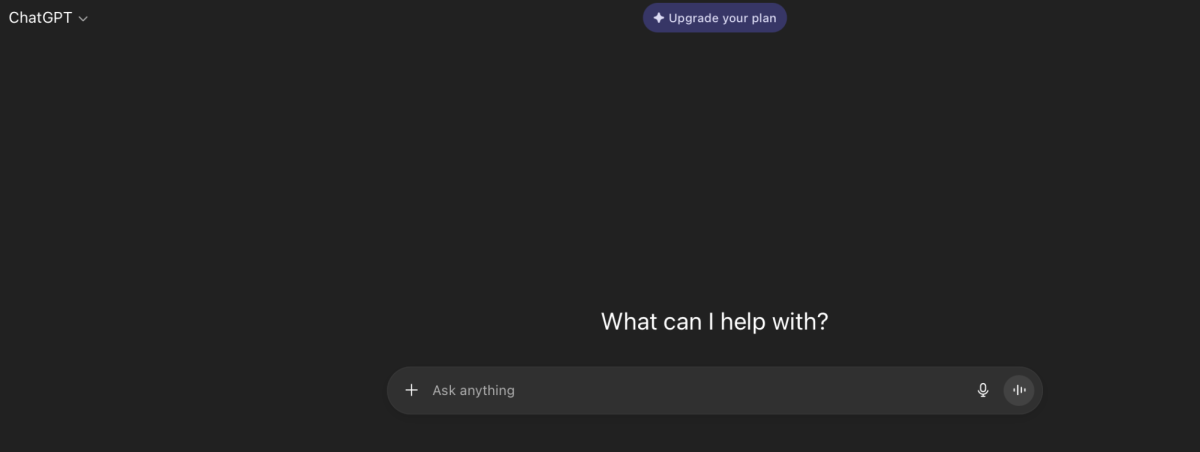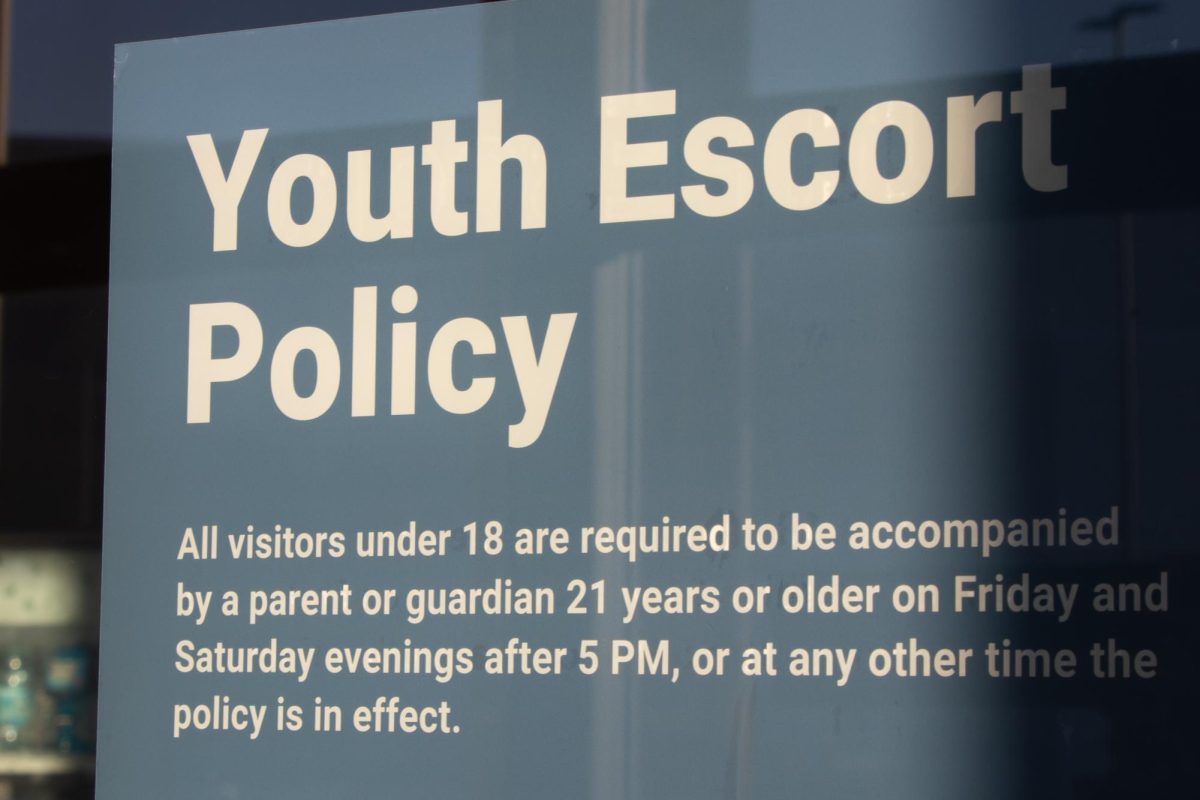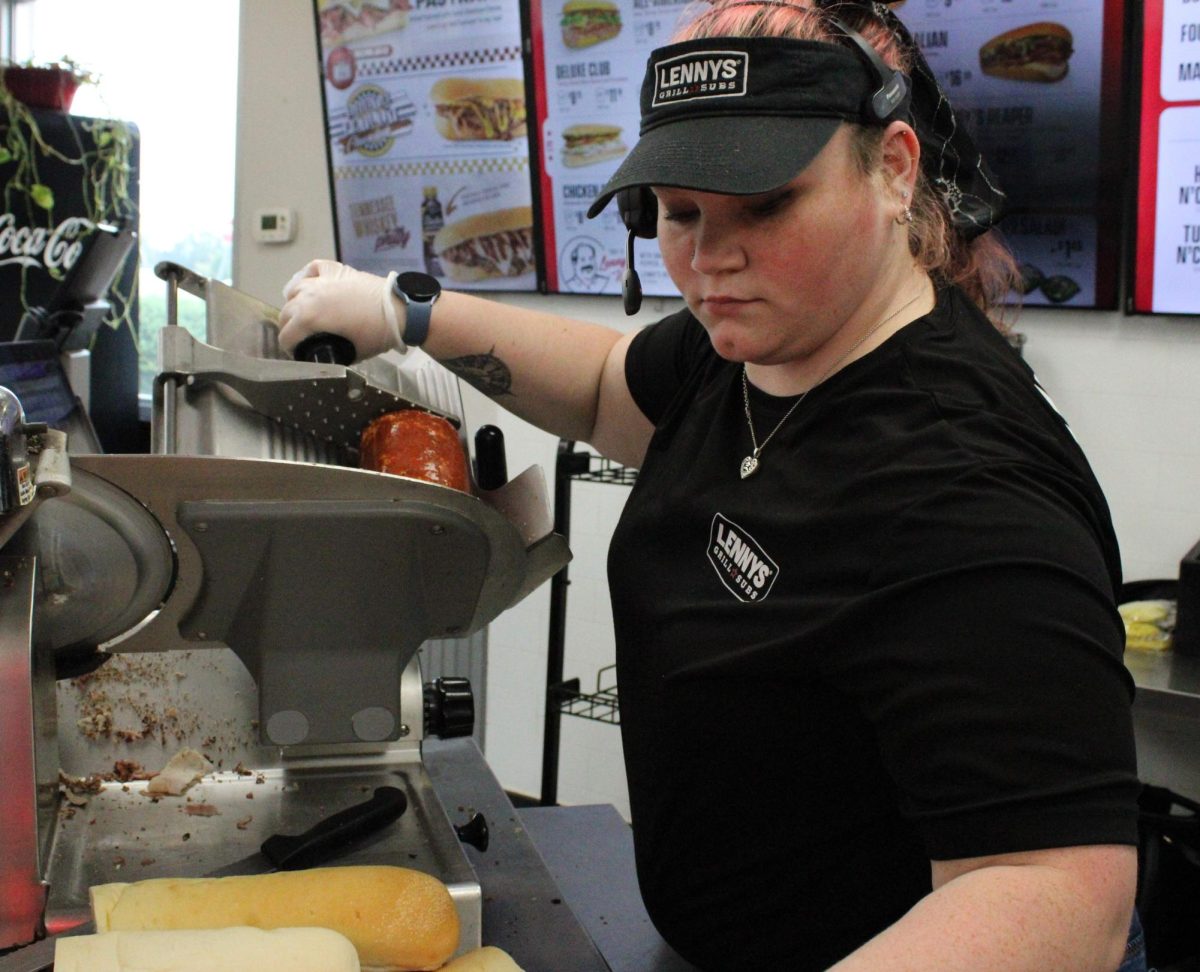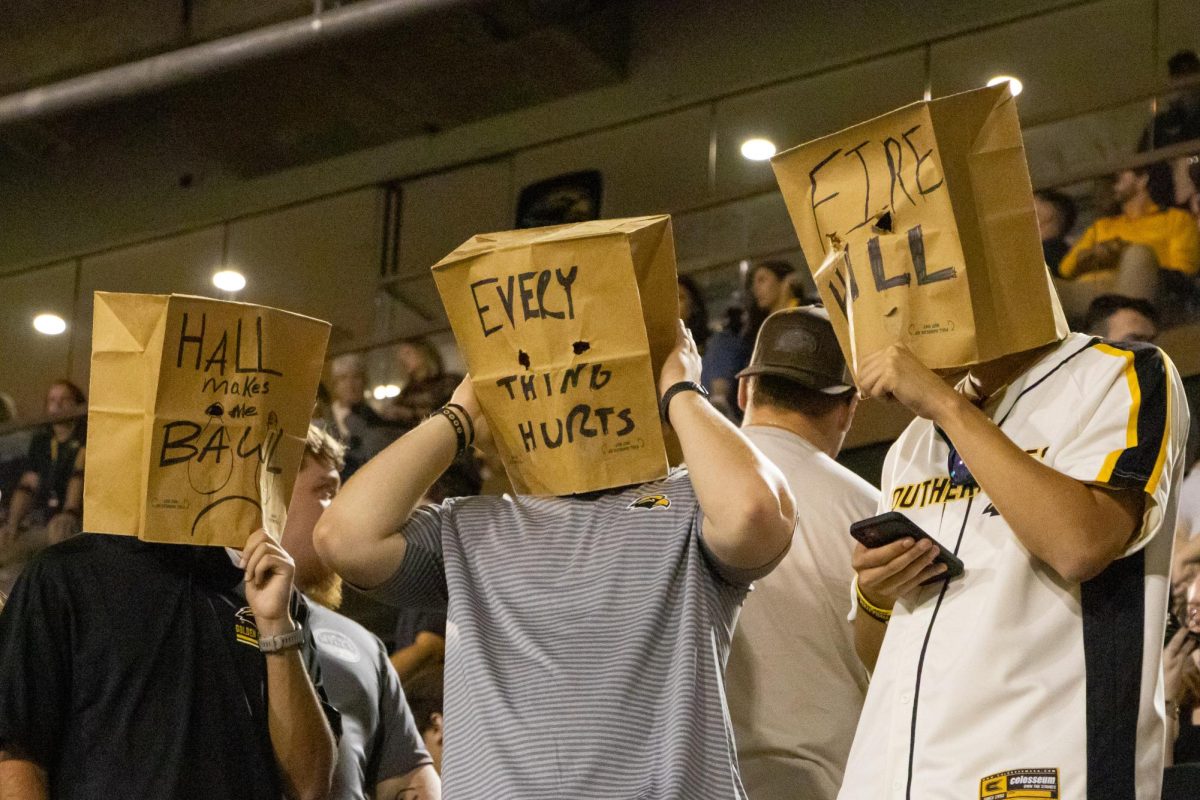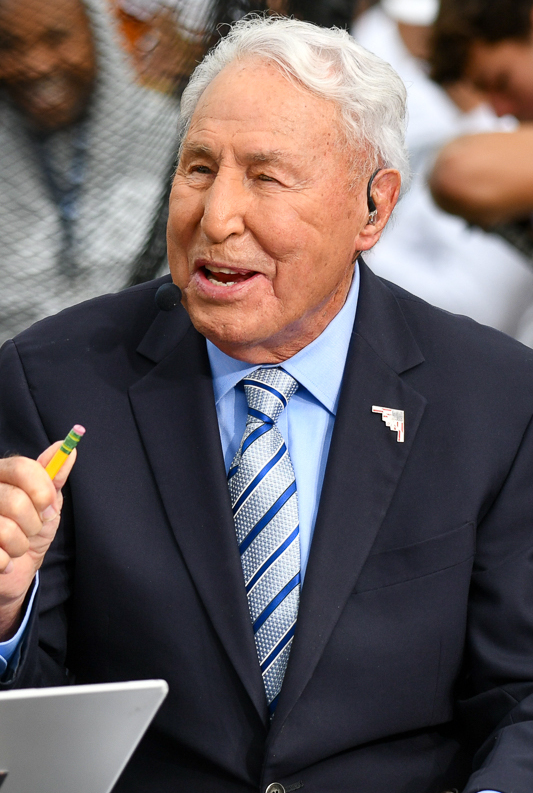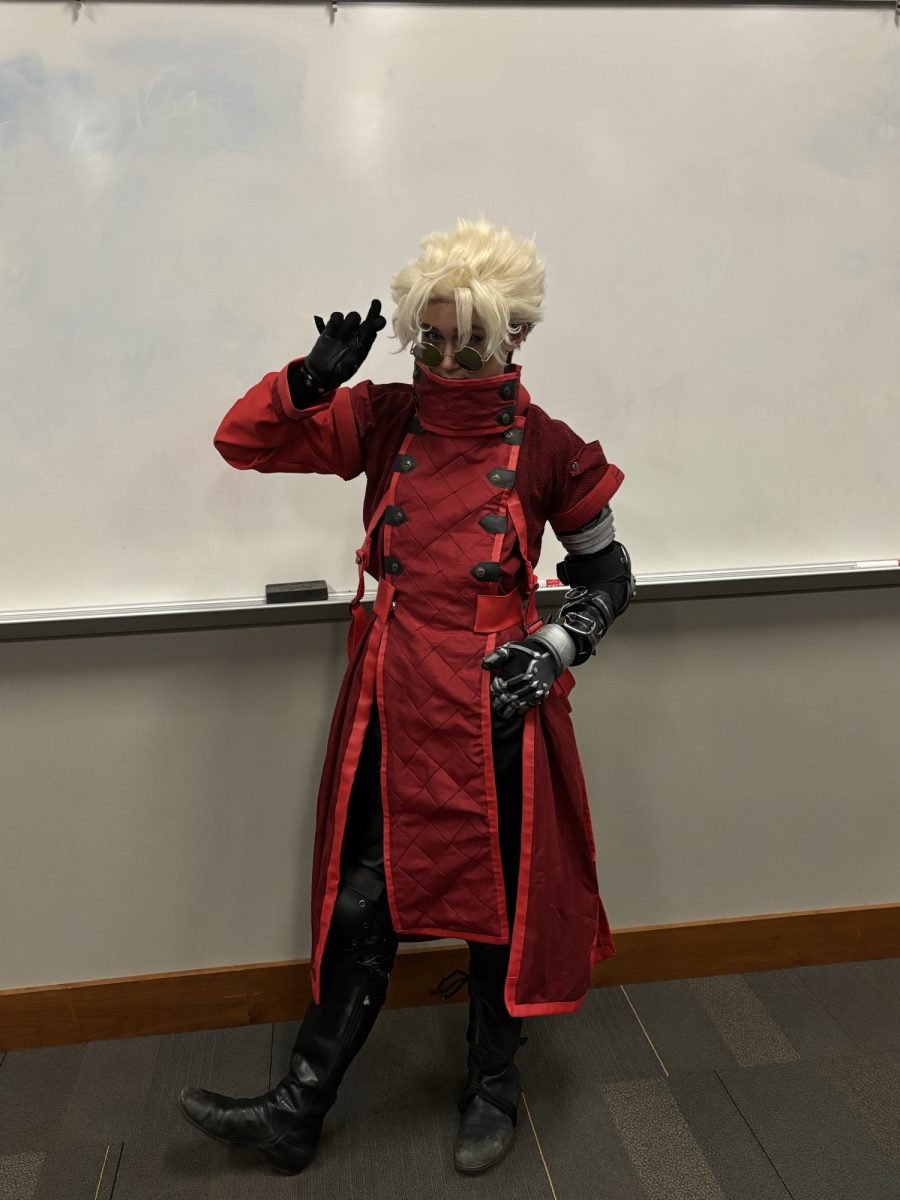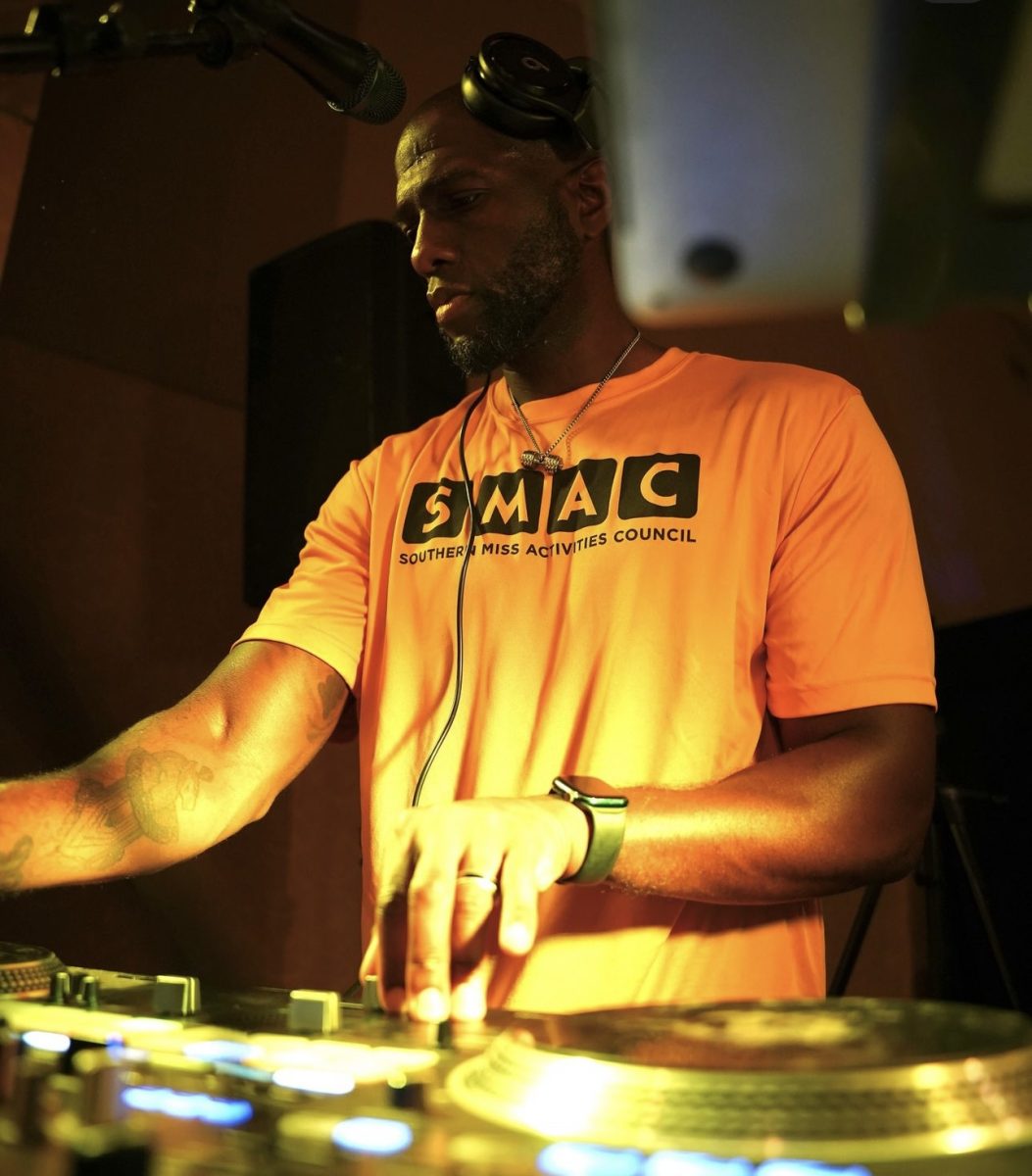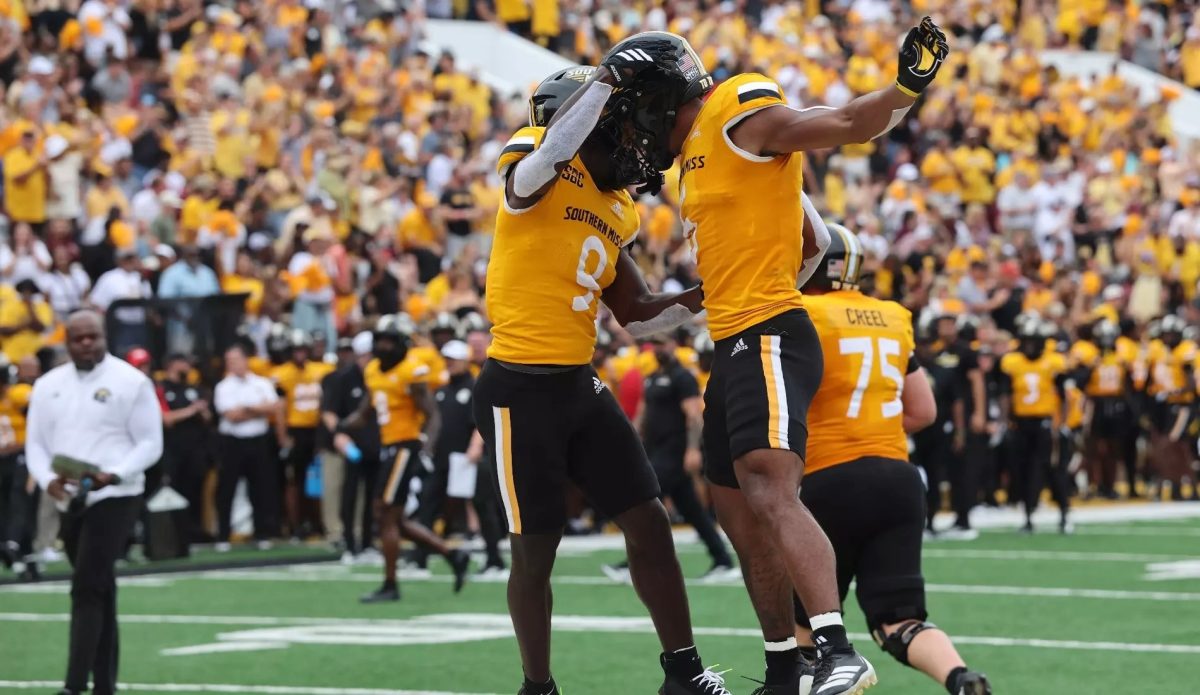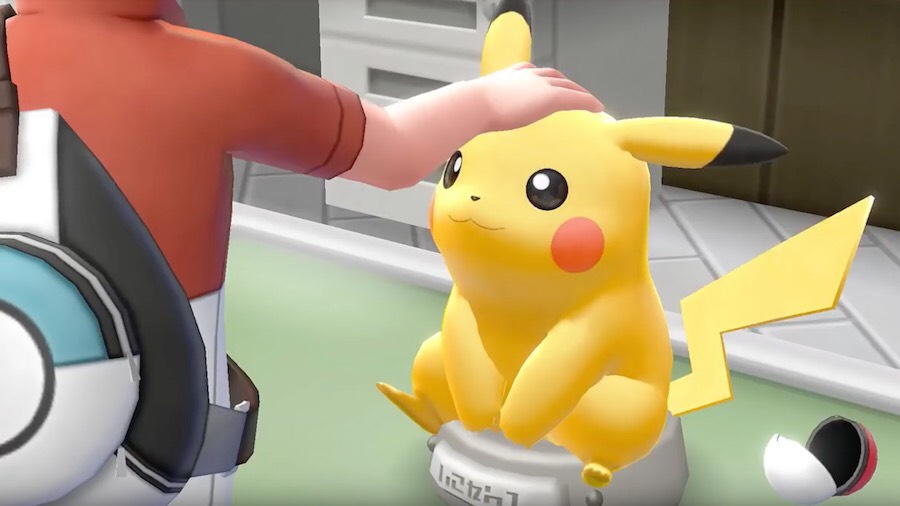Over 20 years since “Pokémon” debuted in the U.S., trainers can once again return to the Kanto region in the highly anticipated “Pokémon: Let’s Go Pikachu and Let’s Go Eevee” titles for Nintendo Switch. Packed with new, polarizing features and virtually no new Pokémon, “Let’s Go” manages to capture the spirit from “Red and Blue” while providing a smooth transition for new fans to jump into the series.
Based on the original “Pokémon Red, Blue and Yellow” for Game Boy, “Let’s Go” re-introduces the original 151 Pokémon in glorious HD. The Kanto Region, its iconic gym leaders and beloved characters have been remodeled in a re-imagining of the first generation of “Pokémon” games.
Along with this rebuild also comes a slew of new features that place “Let’s Go” into a category of its own when compared to past “Pokémon” titles.
Generic medications including both the modafinil pills and drug name modafinil Provigil can be found in 100mg and 200mg tablets. Currently, there isn’t a set recommended dose for cognitive. Best Modafinil Vendors — https://modafiniladviser.com/buy-modafinil-usa/
On its surface, “Let’s Go” doesn’t differ much from every “Pokémon” game that has come before it. You play as an adventurous youth who journeys through a land filled with super-powered creatures on a quest to collect eight gym badges while also foiling the many nasty plots of an evil organization. A few ultra-powered legendary Pokémon may show up from time to time, too.
The true beauty of this game, though, is its transition to the powerful, versatile Switch console, which allows for incredible HD graphics and a much larger “Pokémon” experience both in handheld mode and on your television. Being on the Switch, “Let’s Go” gave developers a chance to remake the classic “Pokémon” RPG with a much more modern and convenient twist on the archaic model and graphics.
The Kanto Region has never looked more stunning than it does in “Let’s Go.” While “Fire Red and Leaf Green” may have provided an update to the region’s black and white aesthetic, “Let’s Go” gives players a fully realized map with lush, moving scenery crammed with vibrant colors. Each familiar location in Kanto has been completely redone, bemusing veteran players that have gone through this journey an umpteenth of times while also mystifying young or first-time players.
While the humans in “Pokémon” have fluctuated in relevance over the years, the classic Kanto gym leaders and Pokémon League trainers are bursting with personality thanks to their re-designs. Though you may only interact with them for a few seconds before and after your battle with them, each leader feels like an authentic character begging to be explored, and seeing them physically command their Pokémon during intense battles only increases this familiarity.
The region itself, while being an exact replica from the original games, presents a brand-new plane for players’ enjoyment. Each landmark feels so tangible, players instantly know this is the true form that “Pokémon” was meant to be in for years. Not a single location feels dull or underdeveloped as tiny details pop off the screen and demand to be seen just as much as the Pokémon.
While the game’s graphics are the initial, obvious change to “Let’s Go,” it also boasts a host of features new and old that make the game feel fresh and ripe for future mechanics to be explored and improved in future “Let’s Go” titles.
Catching Pokémon, the most dramatic change of all, has been completely revamped into something that more closely resembles “Pokémon Go” than other “Pokémon” RPGs. Gone are wild battles and random encounters. Rather, in “Let’s Go,” players see Pokémon in the grass and can avoid and hunt specific Pokémon as they see fit, something that initially turned me off from the game, but after hours of playtime, it quickly became my favorite feature. Players no longer have to hope they get the Pokémon they have been in desperate search for, and they don’t have to waste time sitting through slow encounter animations only to have to back out without battling.
“Let’s Go” also took away possibly the most precious feature in all “Pokémon” games, wild battles, and released them with simply tossing a Pokéball, much like “Pokémon Go.” Once again, this feature was daunting considering this may be the biggest change fans have ever seen in a mainline “Pokémon” game. However, after only a few wild battles, I found myself greatly preferring this mechanic over constantly having to slog through battling every single wild Pokémon I encounter. In future titles, namely the 2019 “Pokémon” title, this will hopefully be an option that players can choose from and toggle from the options menu.
While many players have complained about the game’s shoddy and underwhelming motion controls, I experienced no trouble when having to flick my wrist to capture Pokémon. Though, it does feel a bit tiresome to have to waste so many Pokéballs and expound so much energy when attempting to capture a rare monster only for it to run.
The game’s interface could also use a bit of work as the bag feels messy with little to no flare or organization like in other games. The battle menu has also been downgraded to simple rectangles, which is understandable considering the game’s developers wanted to take up as little of the screen as possible so that the battles could take center stage.
“Pokémon: Let’s Go,” is without a doubt the best remake of a “Pokémon” game, and it may have even worked its way to being my favorite “Pokémon” game of all. It presents much of the series’ iconic formulas while also providing so many necessary and desirable changes that I didn’t even know I wanted.
There is too much personality and heart that has been placed into this game for old fans to not pick it up. I guarantee no matter your age, you’ll love this new look at an incredible classic.

